Sharing DOE's Achievements in New Technologies
The Office of Technology Commercialization periodically releases reports highlighting the Department of Energy's work in emerging technology areas, including energy storage, grid optimization, and artificial intelligence. In addition, OTC compiles success stories from selected DOE-derived research projects that have resulted in commercial outcomes, celebrating the successful public-private relationships that seek to drive U.S. innovation and ensure the nation's continued competitiveness and security.
Below, you can access OTC's latest technology spotlights and success stories across a variety of topics and technologies.
Featured Success Stories
Check out some featured stories below!
-
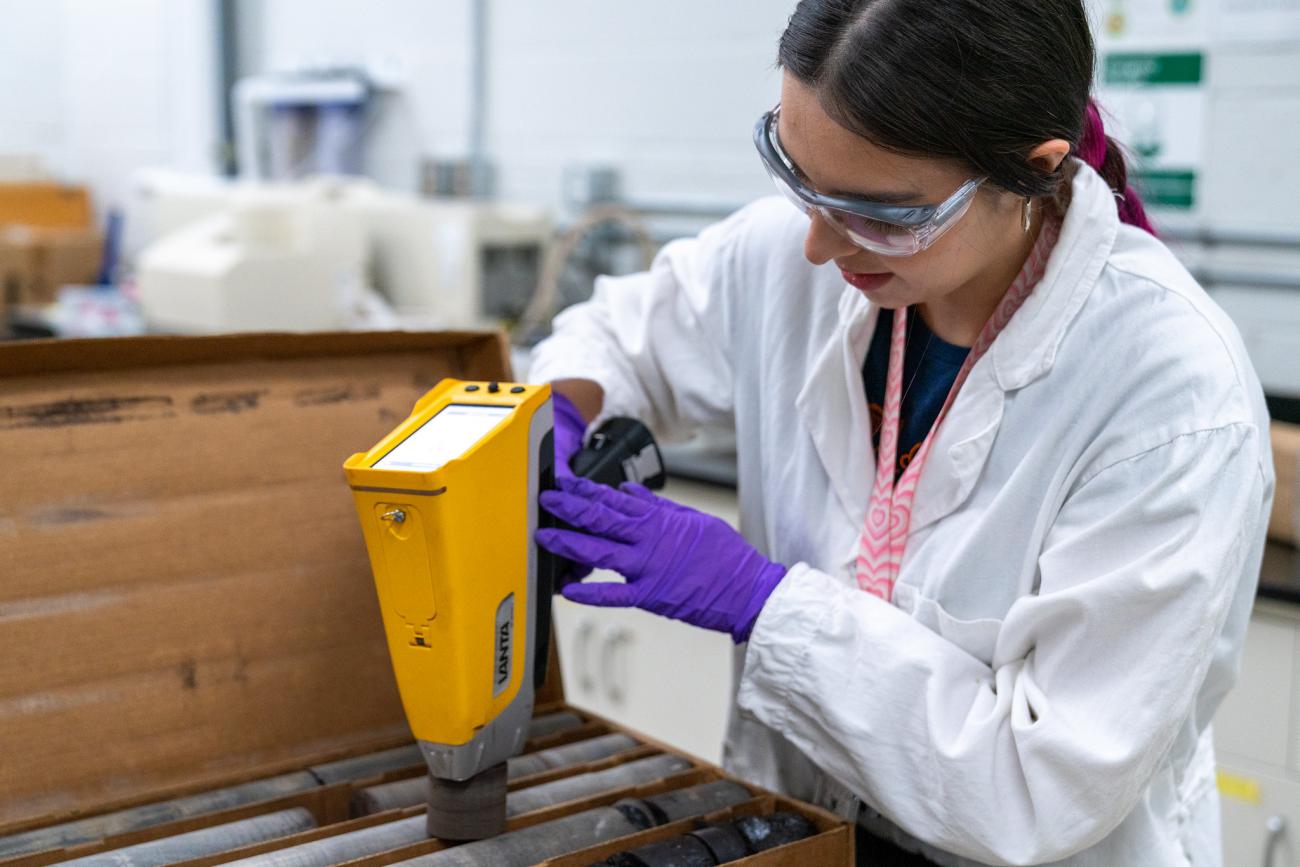 Built through a DOE-supported public-private effort, this technology has already uncovered a record-setting rare earth deposit and is shaping a new model for domestic resource discovery.
Built through a DOE-supported public-private effort, this technology has already uncovered a record-setting rare earth deposit and is shaping a new model for domestic resource discovery. -
 We’re catching up with Jacob Kumpon, cofounder and Chief Operating Officer of KLAW Industries, to learn more about the milestones his team has achieved since participating in the EnergyTech UP and EPIC competitions.
We’re catching up with Jacob Kumpon, cofounder and Chief Operating Officer of KLAW Industries, to learn more about the milestones his team has achieved since participating in the EnergyTech UP and EPIC competitions. -
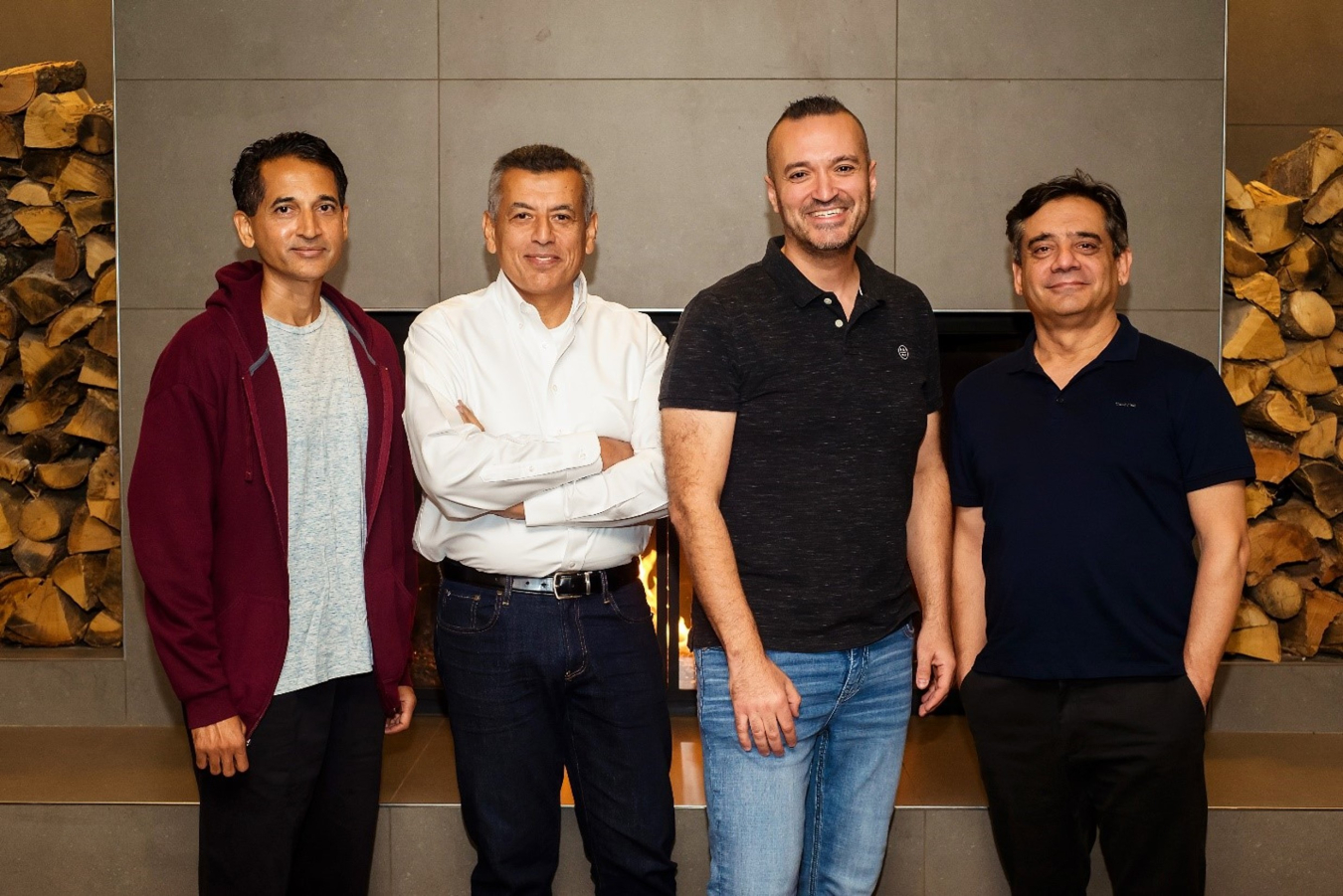 Ugur Mertyurek, a nuclear scientist from ORNL, participated in Energy I-Corps Cohort 17 funded by the DOE Office of Nuclear Energy and used the program to pivot the main value proposition of his mutual information analytics technology.
Ugur Mertyurek, a nuclear scientist from ORNL, participated in Energy I-Corps Cohort 17 funded by the DOE Office of Nuclear Energy and used the program to pivot the main value proposition of his mutual information analytics technology. -
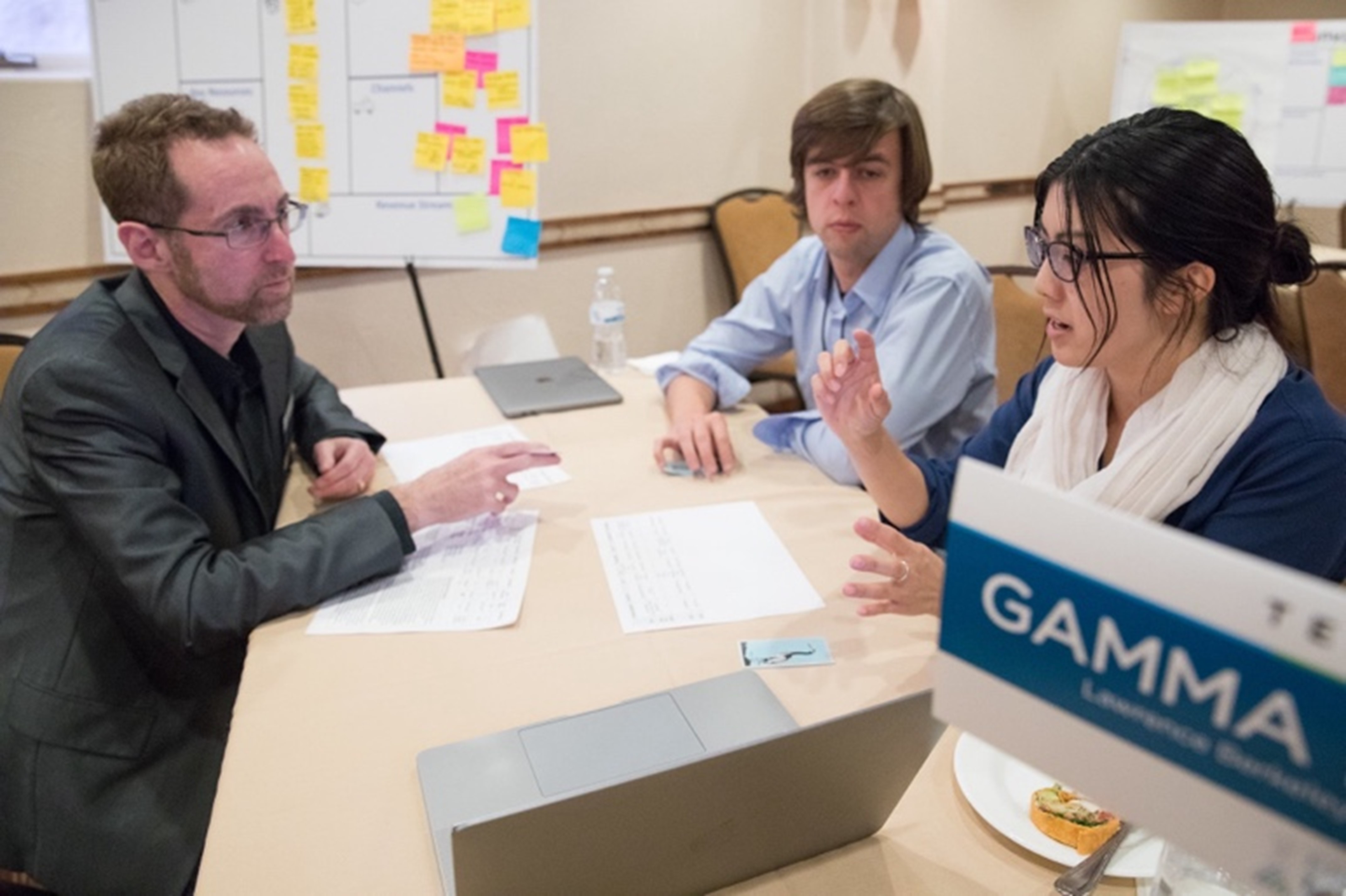 San Francisco start-up Gamma Reality, Inc. (GRI) has revolutionized radiation detection by creating safer, efficient real-time 3D mapping technologies.
San Francisco start-up Gamma Reality, Inc. (GRI) has revolutionized radiation detection by creating safer, efficient real-time 3D mapping technologies. -
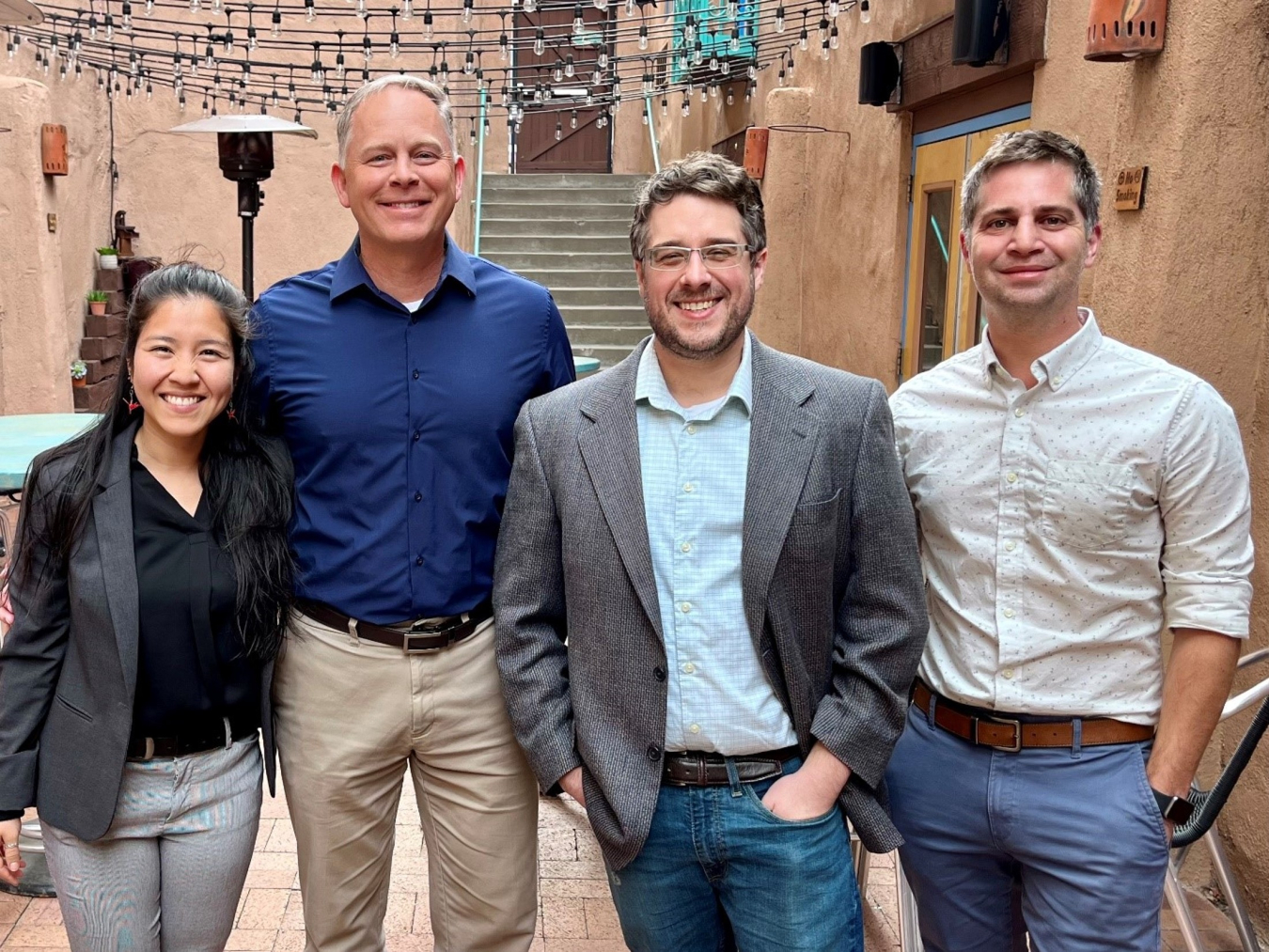 Savannah River National Laboratory made its debut participation in the OTT Energy I-Corps program with the “Controlled Equilibrium Catalytic Isotope Exchange” team, or CECIE.
Savannah River National Laboratory made its debut participation in the OTT Energy I-Corps program with the “Controlled Equilibrium Catalytic Isotope Exchange” team, or CECIE. -
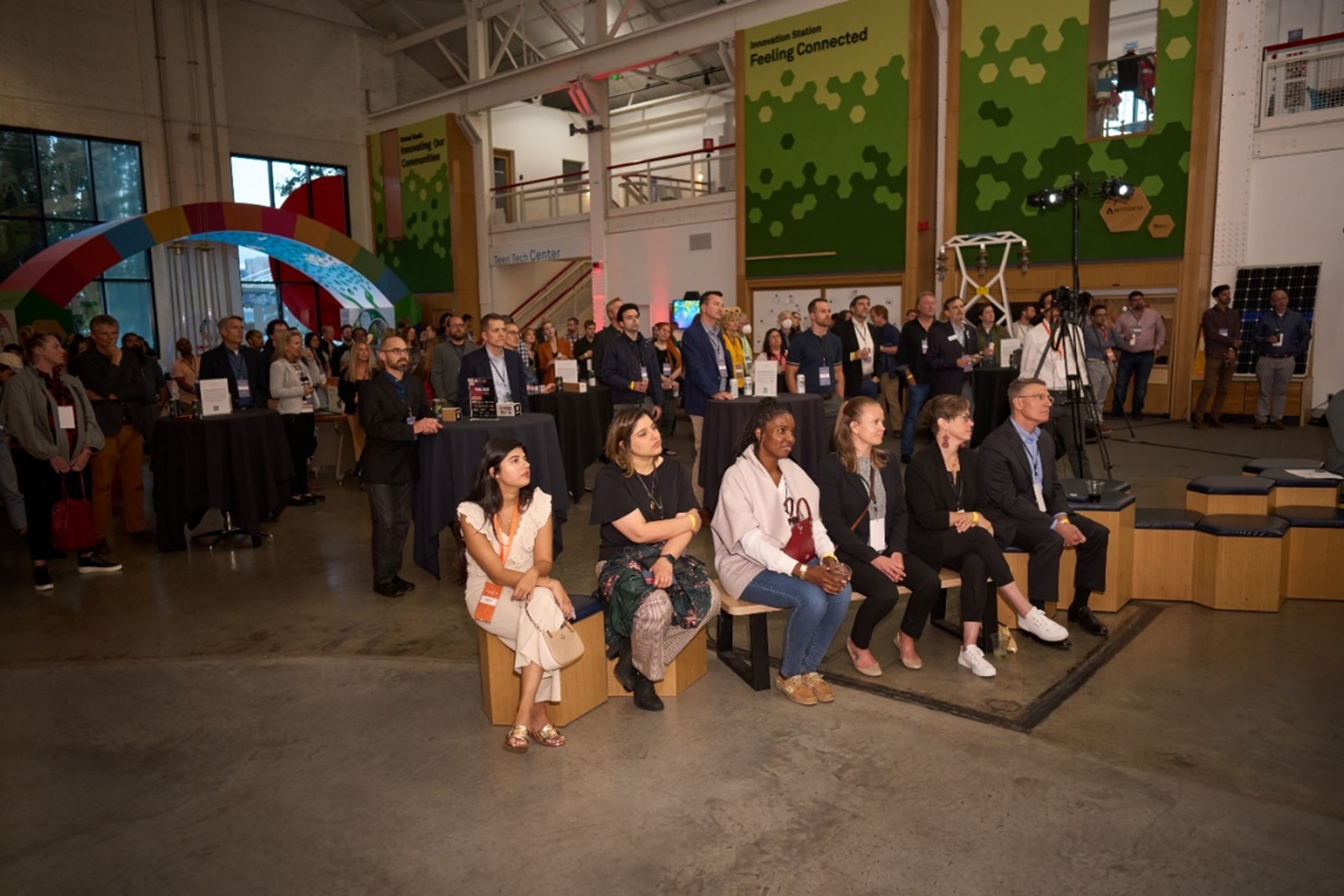 Northwest Cleantech Innovation Network Provides Regional Support in the Pacific Northwest and AlaskaThe Northwest Cleantech Innovation Network (NWCIN), a collaborative initiative between VertueLab, CleanTech Alliance, and the University of Washington's Washington Clean Energy Testbeds, has leveraged a series of grants from the Office of Technology Transitions’ (OTT) Energy Program for Innovation Clusters (EPIC) to support the commercialization of early-stage cleantech startups across the Northwestern U.S. and Western Canada. Starting with a $50,000 award in 2020, and later receiving nearly $1 million in 2021, the network has expanded its offerings to include the Cascadia CleanTech Accelerator, Federal Funding Assistance program, Lab2Launch, and the Cleantech Hardware Innovation Prototyping (CHIP) program. To date, NWCIN has aided 36 companies in creating over 140 jobs, developing 44 prototypes, executing 33 demonstration projects, securing 9 patents, and filing an additional 17 patent applications, showcasing the significant impact of EPIC funding on regional cleantech innovation and startup support.
Northwest Cleantech Innovation Network Provides Regional Support in the Pacific Northwest and AlaskaThe Northwest Cleantech Innovation Network (NWCIN), a collaborative initiative between VertueLab, CleanTech Alliance, and the University of Washington's Washington Clean Energy Testbeds, has leveraged a series of grants from the Office of Technology Transitions’ (OTT) Energy Program for Innovation Clusters (EPIC) to support the commercialization of early-stage cleantech startups across the Northwestern U.S. and Western Canada. Starting with a $50,000 award in 2020, and later receiving nearly $1 million in 2021, the network has expanded its offerings to include the Cascadia CleanTech Accelerator, Federal Funding Assistance program, Lab2Launch, and the Cleantech Hardware Innovation Prototyping (CHIP) program. To date, NWCIN has aided 36 companies in creating over 140 jobs, developing 44 prototypes, executing 33 demonstration projects, securing 9 patents, and filing an additional 17 patent applications, showcasing the significant impact of EPIC funding on regional cleantech innovation and startup support. -
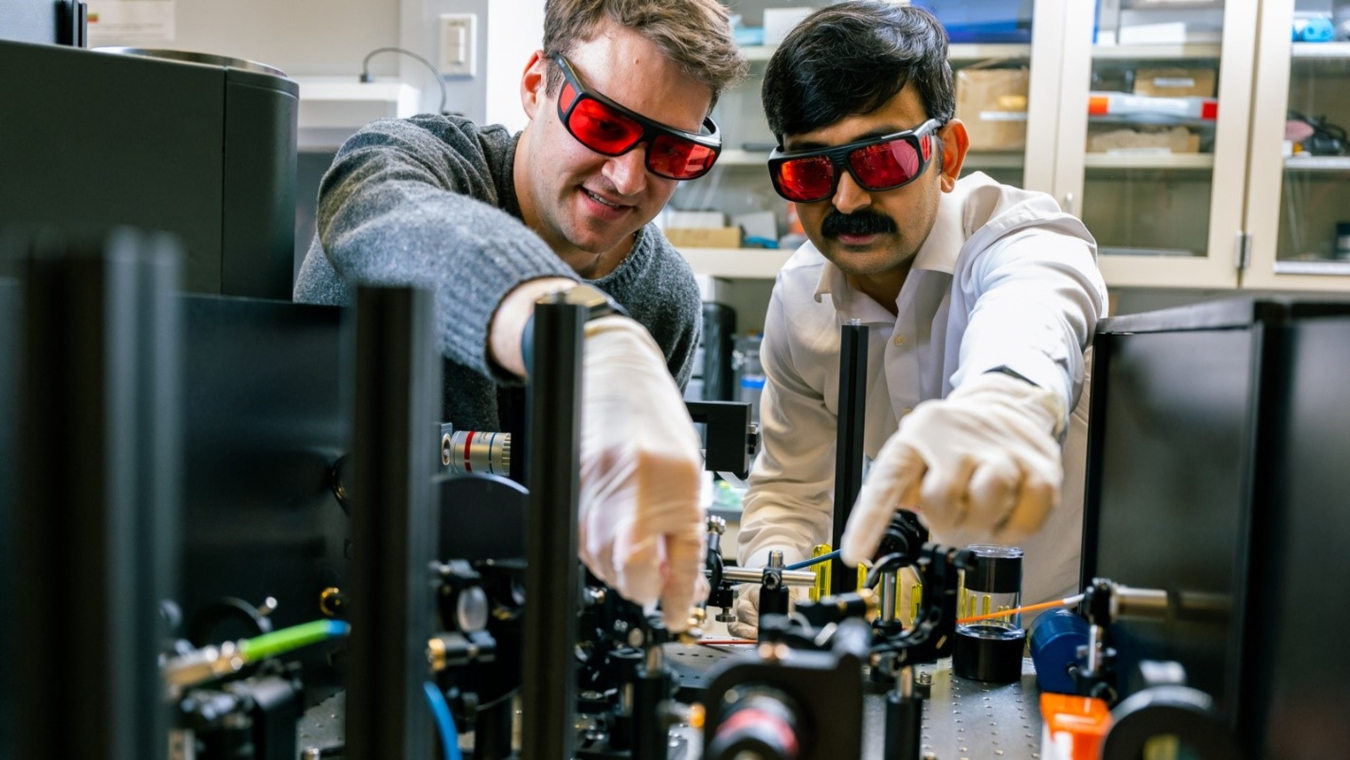 memQ, a quantum technology startup, achieved critical milestones with the support of two DOE programs: Energy I-Corps and the Lab- Embedded Entrepreneurship Program (LEEP).
memQ, a quantum technology startup, achieved critical milestones with the support of two DOE programs: Energy I-Corps and the Lab- Embedded Entrepreneurship Program (LEEP). -
 Alpha Nur, a nuclear energy startup founded in 2021 by then University of Chicago seniors Kevin O’Sullivan and Mason Rodriguez Rand, is working to create a sustainable nuclear fuel recycling process.
Alpha Nur, a nuclear energy startup founded in 2021 by then University of Chicago seniors Kevin O’Sullivan and Mason Rodriguez Rand, is working to create a sustainable nuclear fuel recycling process. -
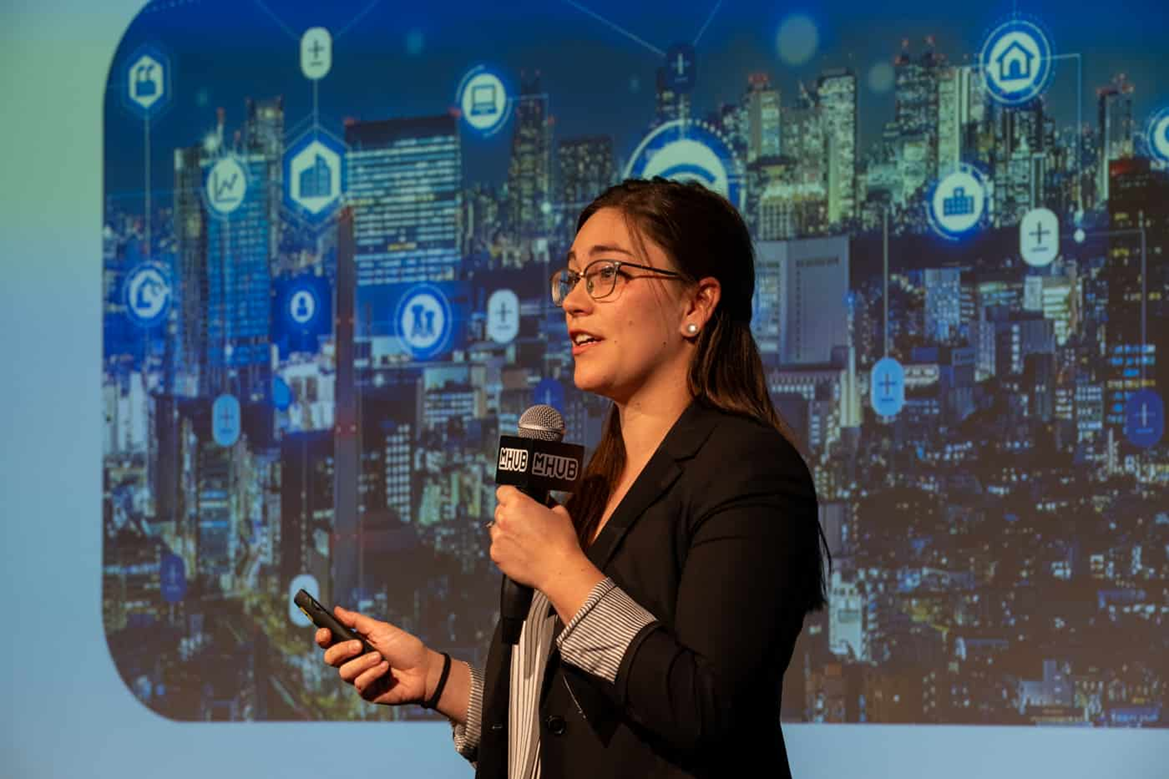 Evergreen Climate Innovations has been supporting climate innovation through catalytic capital for early-stage startups in the Midwest for over a decade. In 2021, they were awarded nearly $1 million through the Office of Technology Transitions.
Evergreen Climate Innovations has been supporting climate innovation through catalytic capital for early-stage startups in the Midwest for over a decade. In 2021, they were awarded nearly $1 million through the Office of Technology Transitions. -
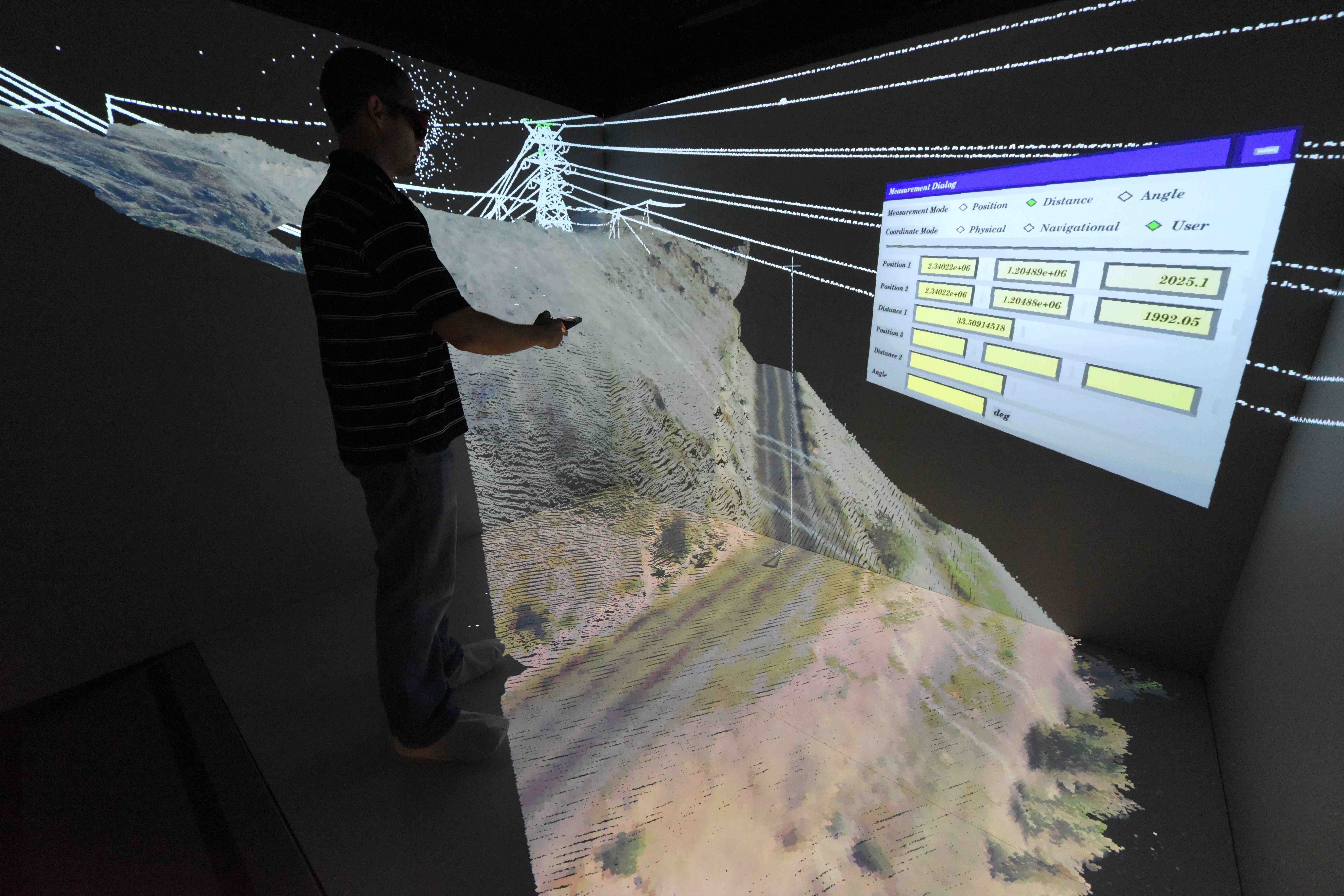 Jake Gentle and the team at Idaho National Laboratory (INL) developed a software technology called General Line Ampacity State Solver (GLASS) over the last decade to enable greater utilization across existing power transmission infrastructure.
Jake Gentle and the team at Idaho National Laboratory (INL) developed a software technology called General Line Ampacity State Solver (GLASS) over the last decade to enable greater utilization across existing power transmission infrastructure. -
 Kyle Guin, CEO and co-founder of VastVision Technologies, has a unique distinction—he has participated in the Energy I-Corps program three times. On his third go-round, he mentored a team AND successfully licensed the technology they developed.
Kyle Guin, CEO and co-founder of VastVision Technologies, has a unique distinction—he has participated in the Energy I-Corps program three times. On his third go-round, he mentored a team AND successfully licensed the technology they developed. -
 Launch Alaska is a nonprofit accelerator that was awarded over $800,000 through the Office of Technology Transitions’ (OTT) Energy Program for Innovation Clusters (EPIC) program.
Launch Alaska is a nonprofit accelerator that was awarded over $800,000 through the Office of Technology Transitions’ (OTT) Energy Program for Innovation Clusters (EPIC) program. -
 Tereform is a Denver-based startup on a mission to enable circularity within the fashion and textile industries. The startup is developing a novel chemical strategy that can transform waste textiles into the chemical building blocks they were made from.
Tereform is a Denver-based startup on a mission to enable circularity within the fashion and textile industries. The startup is developing a novel chemical strategy that can transform waste textiles into the chemical building blocks they were made from. -
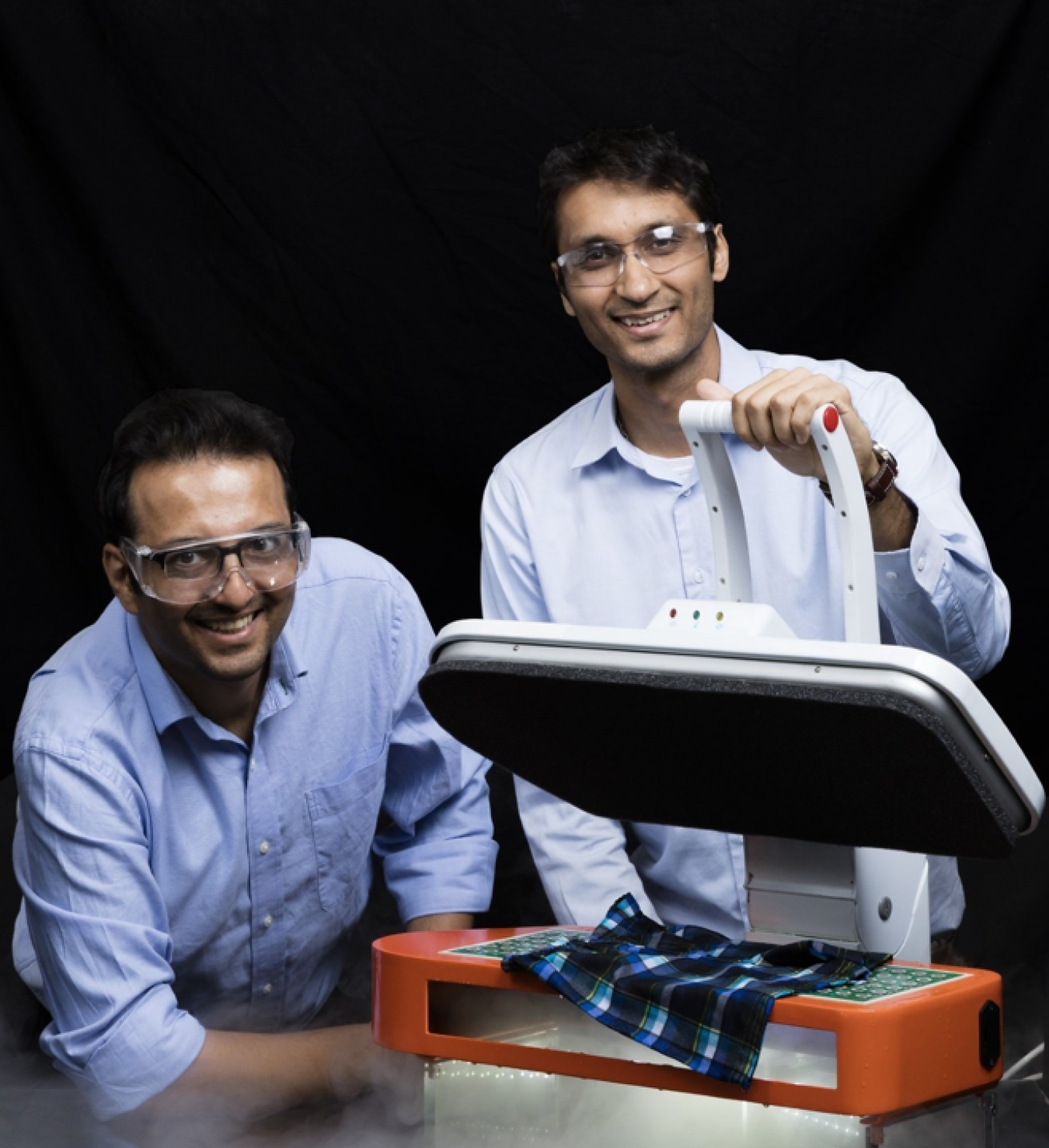 After participating in Energy I-Corps Cohort 10, the UTS team was able to refine its technology and overarching approach, ultimately launching a startup company.
After participating in Energy I-Corps Cohort 10, the UTS team was able to refine its technology and overarching approach, ultimately launching a startup company. -
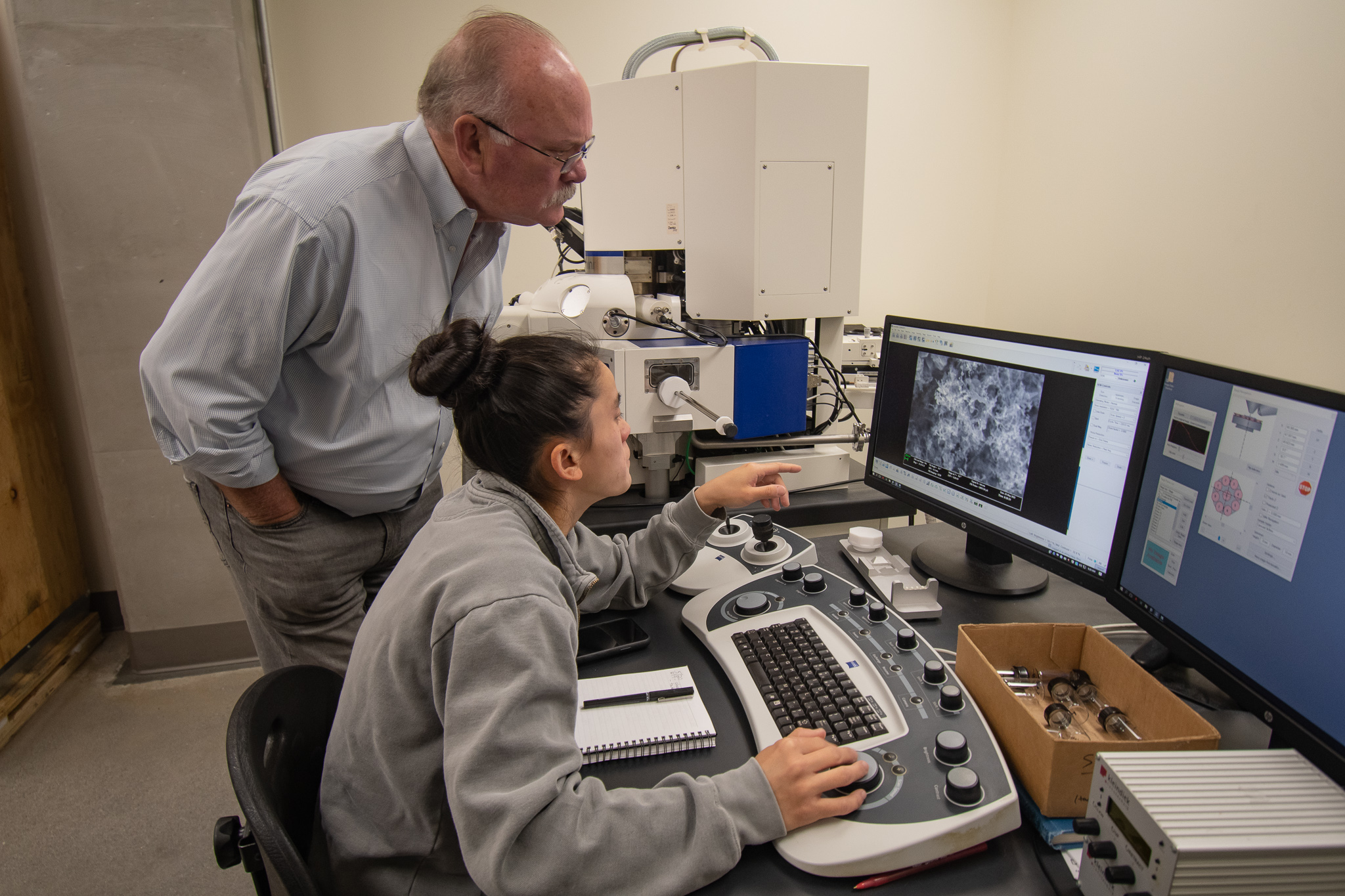 The University of Tennessee’s (UT) SPARK Innovation Center, part of the Heartland Climate Tech Partnership, received a $300K EPIC award in 2021, which allowed them to launch a new cleantech accelerator for the region.
The University of Tennessee’s (UT) SPARK Innovation Center, part of the Heartland Climate Tech Partnership, received a $300K EPIC award in 2021, which allowed them to launch a new cleantech accelerator for the region. -
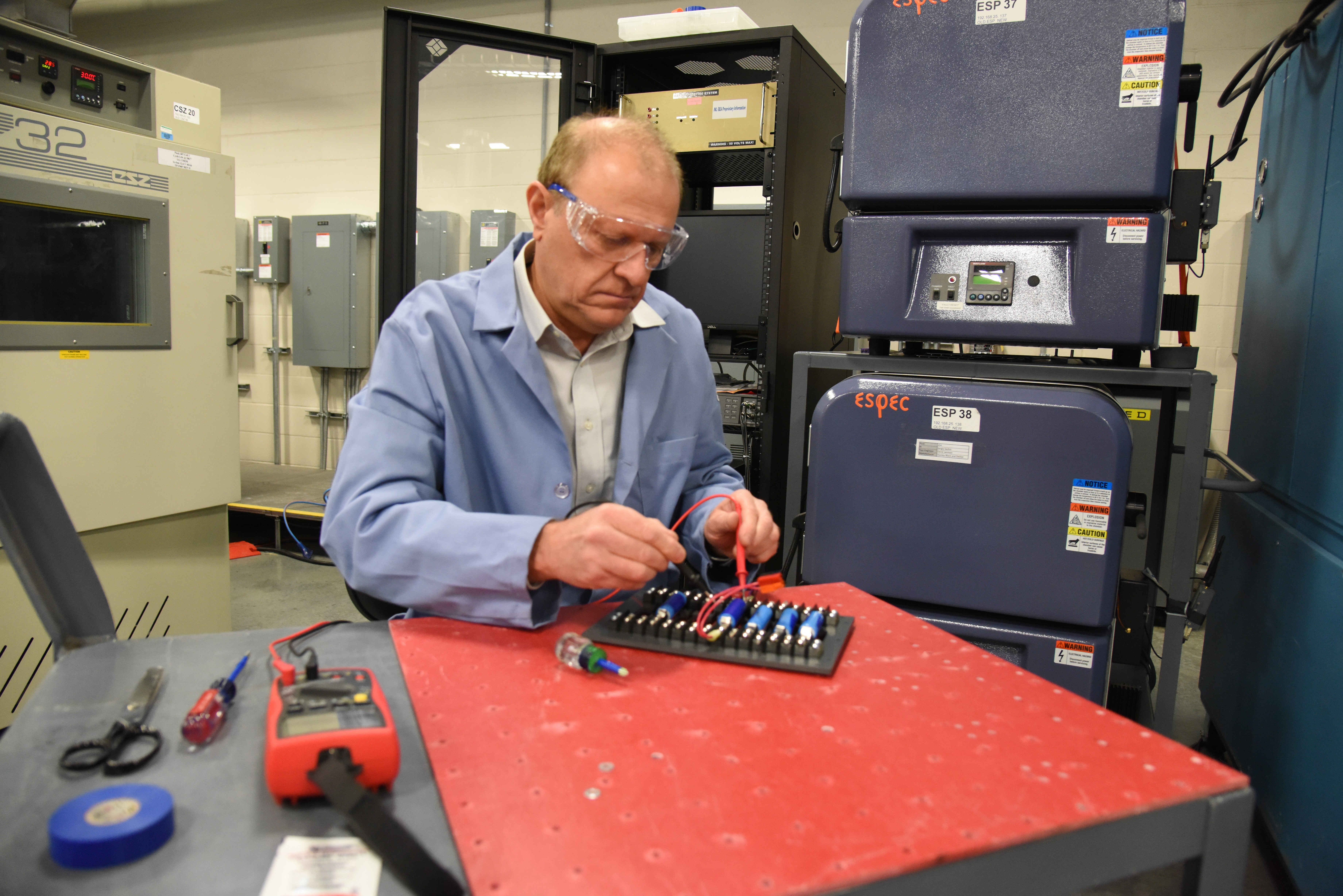 The Battery Health Sentry project led by Dr. Sergiy Sazhin and his team at the Idaho National Laboratory (INL) was conceived over a decade ago and resulted in a new approach for battery health monitoring.
The Battery Health Sentry project led by Dr. Sergiy Sazhin and his team at the Idaho National Laboratory (INL) was conceived over a decade ago and resulted in a new approach for battery health monitoring. -
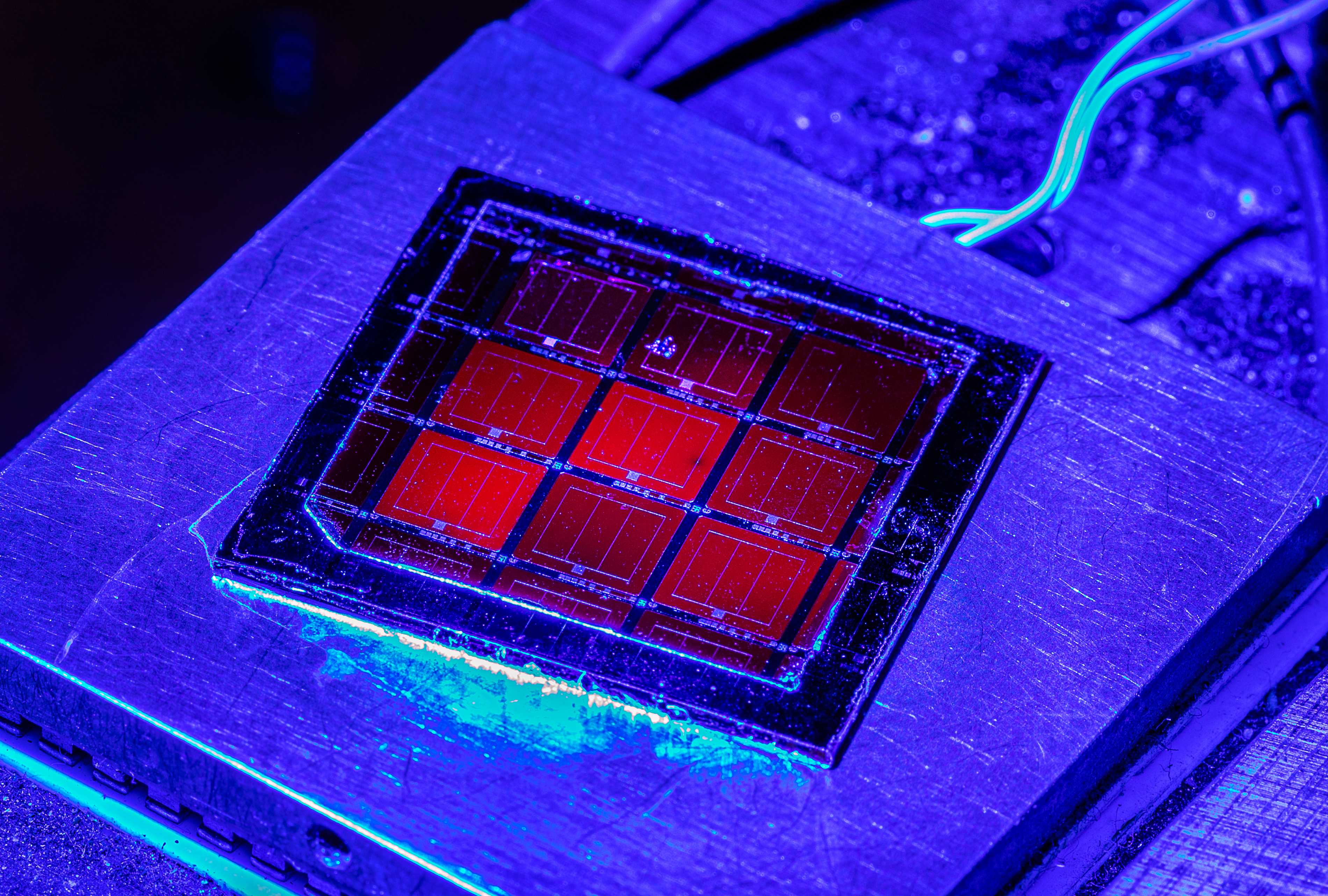 This team from National Renewable Energy Laboratory (NREL) participated in Cohort 4 as team HALO to use Hydride Vapor Phase Epitaxy (HVPE) to fabricate high performance solar cells at a lower cost.
This team from National Renewable Energy Laboratory (NREL) participated in Cohort 4 as team HALO to use Hydride Vapor Phase Epitaxy (HVPE) to fabricate high performance solar cells at a lower cost. -
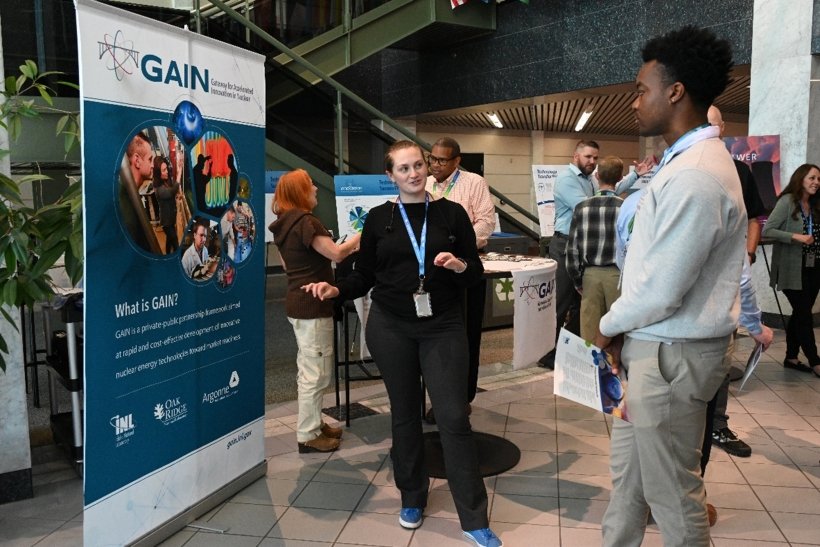 In 2022, Danielle Ferreira participated in the Office of Technology Transitions’ Technology Commercialization Internship Program (TCIP) as an intern with Brookhaven National Laboratory.
In 2022, Danielle Ferreira participated in the Office of Technology Transitions’ Technology Commercialization Internship Program (TCIP) as an intern with Brookhaven National Laboratory. -
 Created by a team of researchers out of the National Renewable Energy Laboratory (NREL), SolarAPP+ is an online platform that instantly issues permits for code-compliant residential photovoltaic systems,.
Created by a team of researchers out of the National Renewable Energy Laboratory (NREL), SolarAPP+ is an online platform that instantly issues permits for code-compliant residential photovoltaic systems,. -
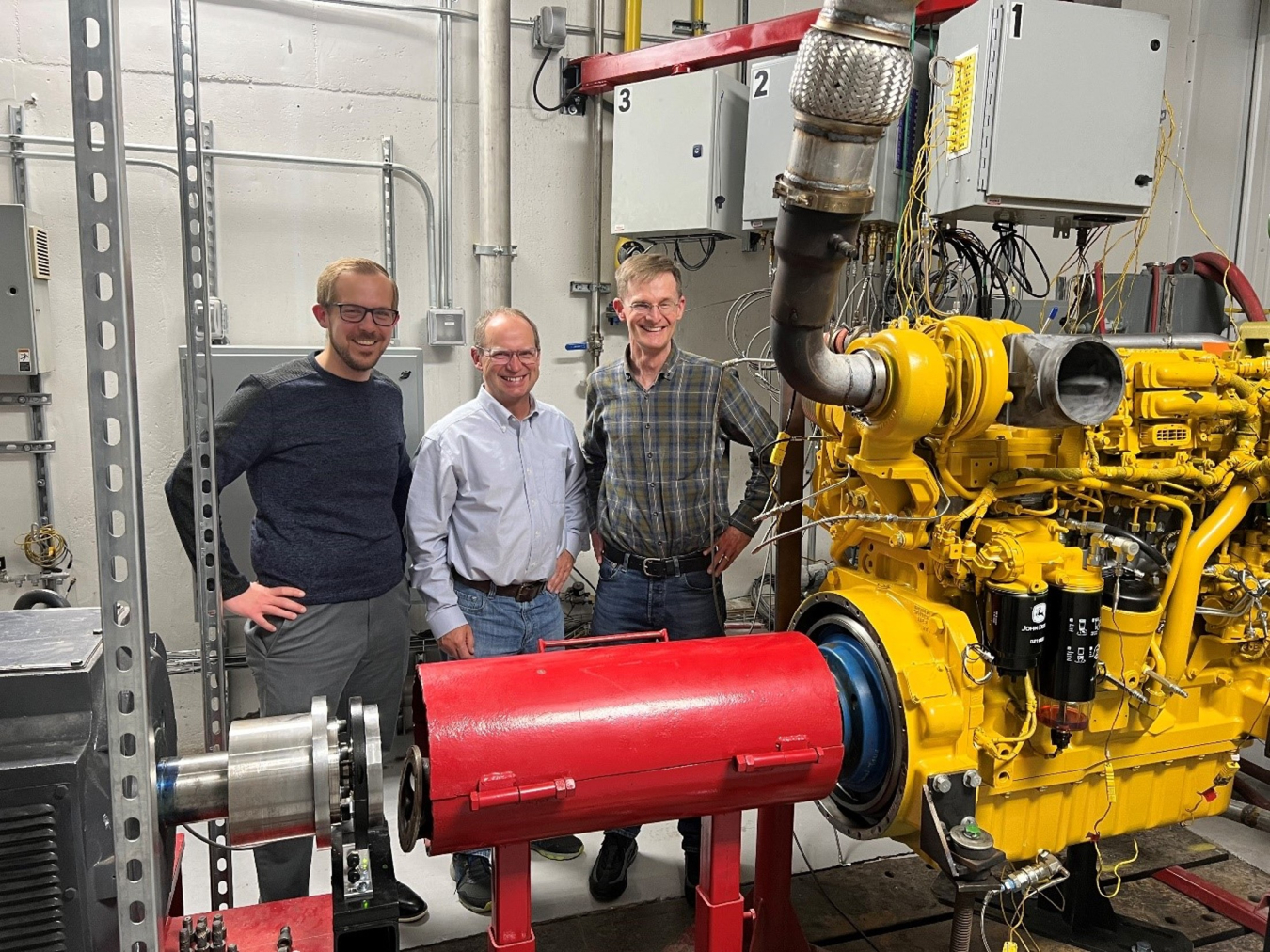 Team ducted fuel injection participated in Cohort 13 and has since advanced their technology readiness level through a Technology Commercialization Fund award and formed a CRADA from partners from Energy I-Corps.
Team ducted fuel injection participated in Cohort 13 and has since advanced their technology readiness level through a Technology Commercialization Fund award and formed a CRADA from partners from Energy I-Corps. -
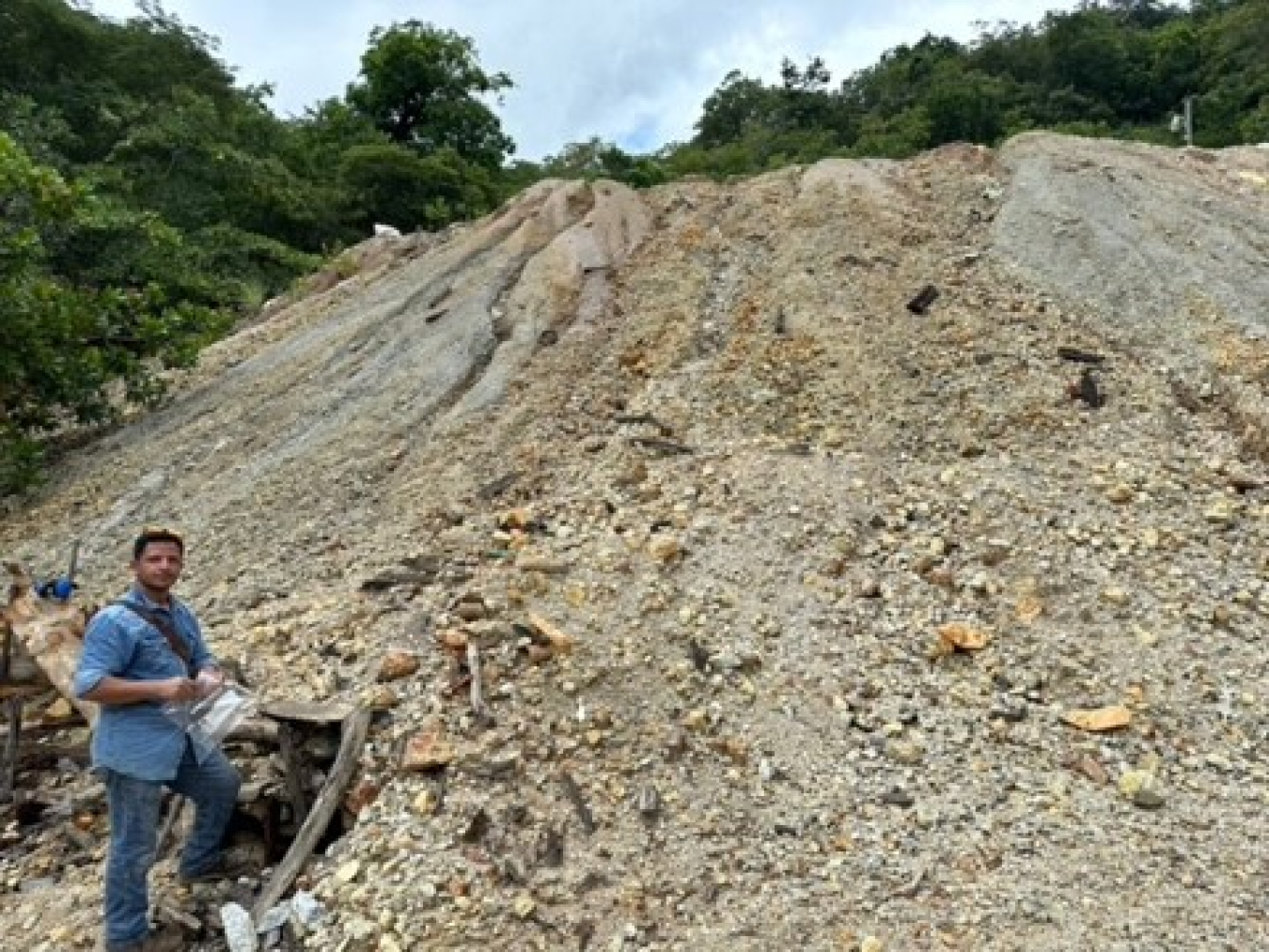 Since graduating from the Energy I-Corps program, EC Leach’s technology has been licensed in the battery sector and other companies are pursuing licenses including in the mining sector.
Since graduating from the Energy I-Corps program, EC Leach’s technology has been licensed in the battery sector and other companies are pursuing licenses including in the mining sector. -
 The CUBES project, led by Sandia National Laboratories researchers, is working to transform organic waste into biofuels. Their groundbreaking work could help reduce emissions and contribute to a carbon-neutral future. Learn more about this Energy I-Corps alumnus team
The CUBES project, led by Sandia National Laboratories researchers, is working to transform organic waste into biofuels. Their groundbreaking work could help reduce emissions and contribute to a carbon-neutral future. Learn more about this Energy I-Corps alumnus team

